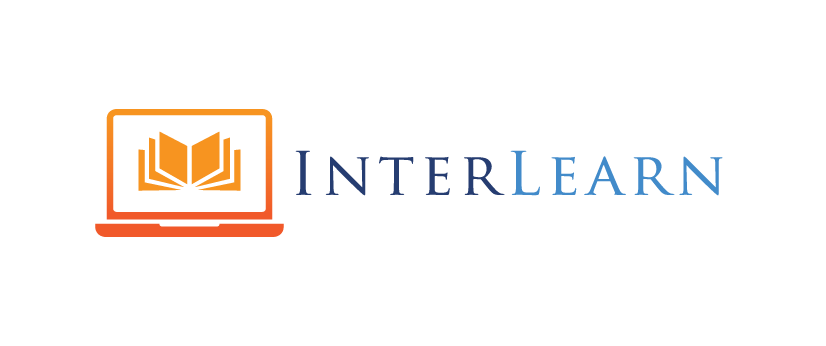Navigating the ever-shifting terrain of higher education has always been a dynamic challenge, yet it seems especially so in our current times. As someone deeply embedded in the fabric of educational strategy and consultation, I’ve observed firsthand the transformations reshaping our institutions, impacting how we teach, learn, and connect.
The surge toward digital integration in classrooms is more than a trend—it’s a fundamental shift in our educational paradigm. It’s been fascinating to watch how, almost overnight, institutions have embraced technologies that not only bridge the physical gaps between us but also create new spaces for interaction and engagement. This isn’t merely about maintaining continuity during disruptions like the recent pandemic; it’s about reimagining the potential of academic environments.
In some cases, this reimagining has been a difficult, gut-wrenching task for administrators and faculty. Some connect existing teaching methods as almost religious convictions in how they deliver education. That keeps them from being willing to adjust how they teach. Instead of recognizing the need to change, they’ve held onto old methods that is not engaging today’s student effectively.
Amidst this digital shift, higher education is also facing a significant demographic challenge—the so-called “enrollment cliff.” This refers to the anticipated sharp decline in college-age students, primarily due to lower birth rates that began about two decades ago. This demographic downturn is expected to exacerbate the financial strains on institutions, many of which are already grappling with closures and consolidations due to unsustainable economic models.
Financial sustainability is another pressing issue. With the traditional higher education model increasingly under pressure from declining enrollments and heightened scrutiny over tuition costs, the question isn’t just how we can keep our doors open, but how we can ensure those doors lead to truly valuable pathways for our students. This involves not only diversifying our funding structures but also reinforcing the intrinsic value of the education we provide.
The “return on investment” cry has never been as loud as it is right now than at any time throughout my 30+ year-career in higher education. Students and parents are fairly asking, is what I’m paying for preparing me/my child for the marketplace and to get a good job? If I’m being honest, WAY too often it is not. Students are walking out of college with thousands of dollars in debt and really only qualified to work fast food.
Yet, amidst these strategic considerations, my guiding compass remains rooted in a biblical worldview. This framework doesn’t just shape the ‘what’ and the ‘how’ of education; it profoundly influences the ‘why.’ Integrating faith with learning isn’t about adding a spiritual component to our curriculum as an afterthought. It’s about weaving these timeless principles through the very core of our educational philosophy—ensuring that we educate not just the mind but also the heart and spirit. We must prepare ministers for every field, not just through the ministry programs. Most pastors will not go into an 8 – 5, Monday to Friday job outside the church building. They won’t have access to the people in the companies around their cities because those people won’t darken the doorstep of a church. So, we MUST prepare our students to be competent leaders in their field who are missional in their thinking about their position. They need to go in with the mindset that they are reaching people with the message of Christ. They should be giving those in their work settings a loving example of Jesus who is exceptionally competent to do the work for which they were hired. They should be the best of employees in their companies because the colleges prepared them for that with the added benefit of connecting those in the company to an eternal relationship with Jesus Christ.
This journey of adaptation and innovation is a collective endeavor. As educators and administrators, we are not just participants in this changing landscape but also its architects. We have the profound responsibility to mold environments that foster not only intellectual growth but also spiritual maturity and ethical integrity.
In these transformative times, our commitment to a faith-based education is both a challenge and an opportunity—an invitation to enrich the academic experience in ways that are deeply meaningful and enduringly impactful. As we continue to navigate these changes, let’s do so with a vision that transcends the immediate and embraces the eternal.


Comments are closed